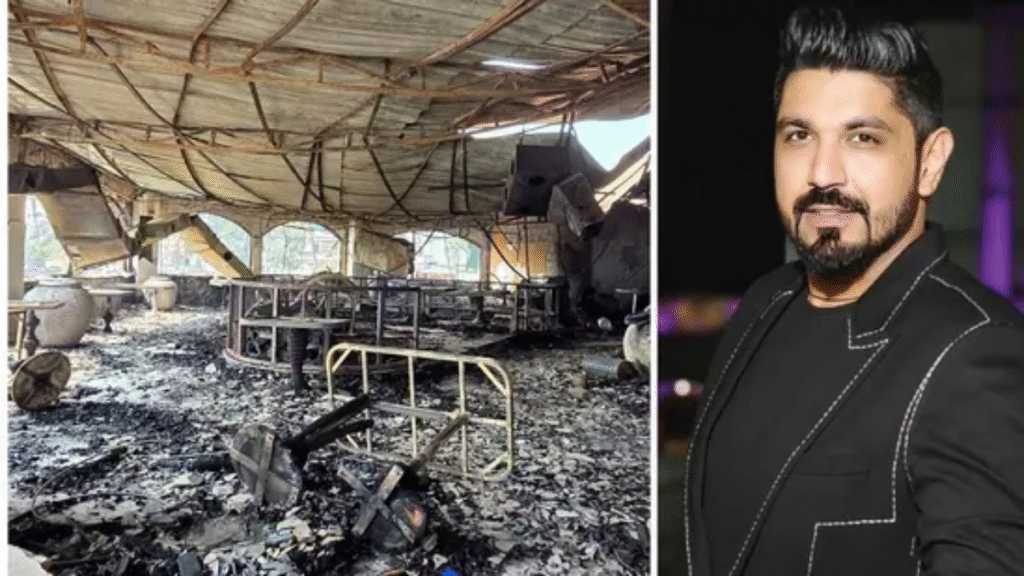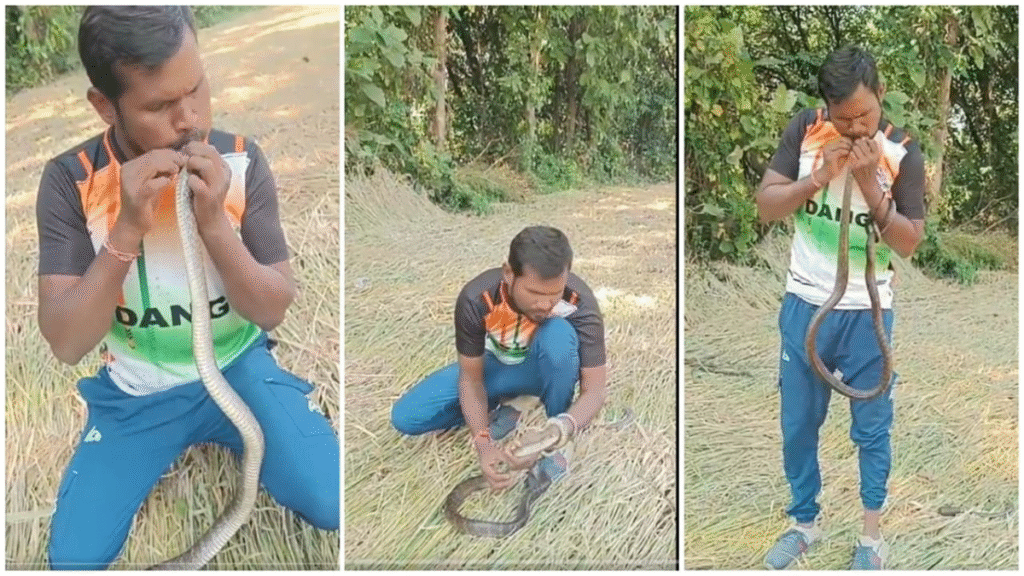Now Reading: Global Devotion: Navratri 2025 Spirit Transcends Borders, Lights Up Thailand
-
01
Global Devotion: Navratri 2025 Spirit Transcends Borders, Lights Up Thailand
Global Devotion: Navratri 2025 Spirit Transcends Borders, Lights Up Thailand

The nine nights of Navratri, a Hindu festival celebrating the divine feminine Goddess Durga, have historically been synonymous with vibrant worship, energetic Garba and Dandiya dances, and deep-rooted traditions across the Indian subcontinent. However, in an inspiring testament to cultural exchange and the universal appeal of devotion, the celebrations for Navratri 2025 are proving that this auspicious festival truly knows no geographical bounds, with spectacular festivities unfolding in Thailand. A viral video from the Southeast Asian nation has captured the global imagination, showcasing a blend of traditional Indian rituals and local fervour.
A Viral Glimpse of Bangkok’s Fervour
The viral video, shared widely across social media platforms, offers a breathtaking look at the Navratri observances in Thailand, particularly in Bangkok. The footage highlights scenes reminiscent of the grandest celebrations back in India: richly decorated temples, elaborate aartis (worship rituals), and large gatherings of devotees. What has particularly captivated viewers is the sight of traditional Indian dances, like Garba, being performed with the same intensity and joy, underscoring the sincerity of the participation.
The visual narrative of the clip, often accompanied by captions celebrating the spirit of Indian culture being embraced overseas, showcases not just the Indian diaspora but also local Thai residents joining in the festivities. This fusion of participation is a powerful symbol of the deep, historic cultural ties between India and Thailand, where Hindu-Brahman influences have long been woven into the fabric of Thai traditions.
The Heart of the Celebration in Thailand
The core of Navratri celebrations in Thailand often centres around prominent Hindu temples, most notably the Sri Maha Mariamman Temple (popularly known as Wat Khaek) in Bangkok’s Silom district. This temple becomes the epicenter of devotion, attracting thousands of worshippers—Thais of Indian, Chinese, and native Thai descent—during the nine days of the festival, which in 2025 spanned from September 22nd to October 2nd.
The celebrations are a feast for the senses, featuring daily special pujas (prayers), chanting of scriptures, and the veneration of the nine forms of Goddess Durga. A major highlight is the annual grand procession, typically held on the final day, Vijaya Dashami. During this time, the streets surrounding the temple come alive as beautifully adorned chariots carrying the idols of Goddess Uma Devi (Parvati/Mariamman) and other deities are paraded through the city, drawing massive crowds eager for a glimpse of the divine.
Beyond the Temple Walls: Community and Culture
Navratri in Thailand extends beyond strictly religious temple rituals into vibrant community events that encourage broader participation. Festive nights, often branded as Dandiya Nites, are organized by the Indian expatriate community, providing a platform for traditional cultural exchange. These events see participants dressed in colourful ethnic attire, twirling to the rhythmic beats of live music and DJ mixes, perfectly replicating the spirit of Gujarat’s famous dance nights. This blend of devotional worship and social celebration ensures that the festival is an inclusive event for all, regardless of their background.
The viral video serves as a brilliant reminder of how major cultural and religious events like Navratri can bridge gaps between nations. It is a powerful affirmation that the core messages of the festival—the victory of good over evil and the celebration of feminine energy—are universal themes that resonate deeply with people all over the world, cementing Navratri’s status as a truly global phenomenon.










